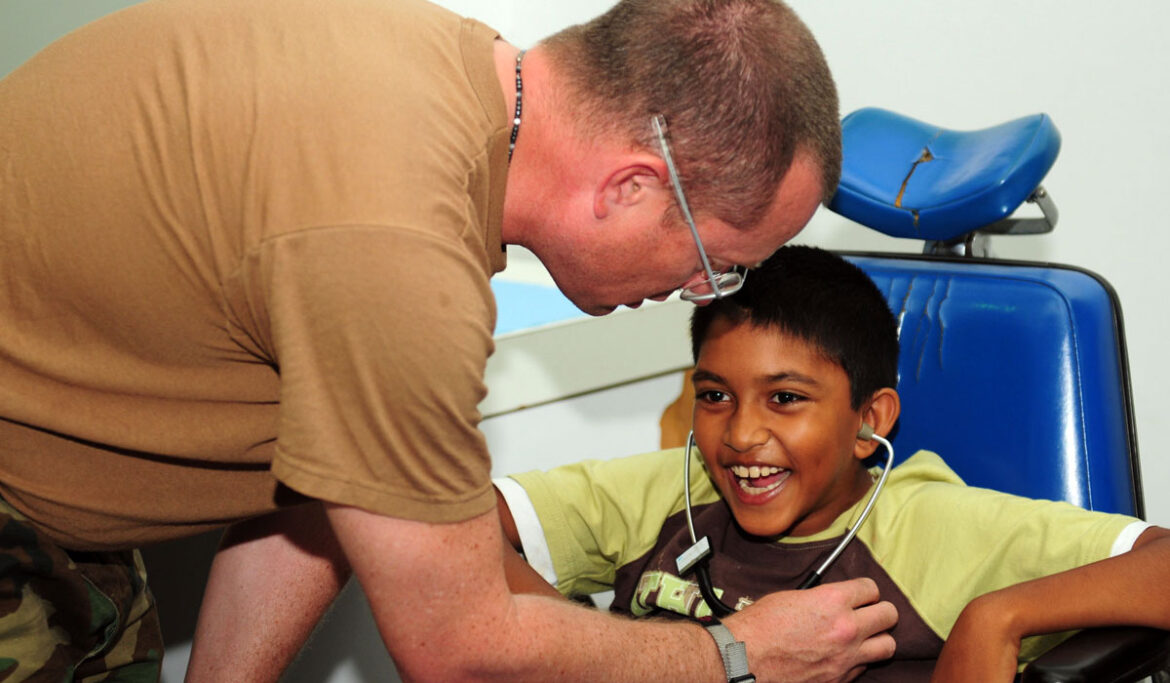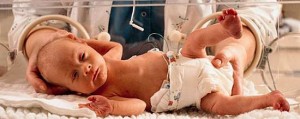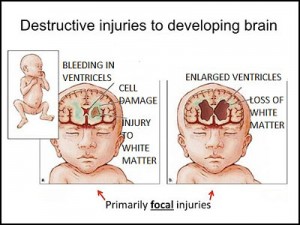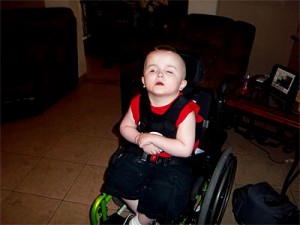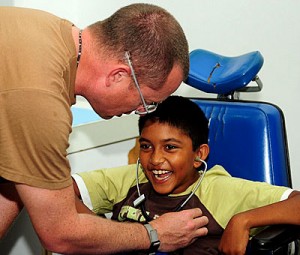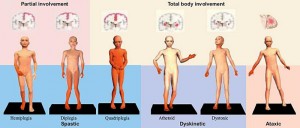When Samantha gave birth to her little princess, she was on cloud 9. Although her daughter was premature by 33 weeks ago but delivering her first child was really special to her. She named her Alice. When Alice began to grow, Samantha noticed that her growth and movement were not like normal children. By the age of three, Alice was having difficulty in walking, speaking or even swallowing. Her movements were quite abnormal than children of her age. She went to a doctor to check what the problem with Alice was. After diagnosis, the doctor told Samantha that Alice was suffering from Cerebral Palsy.
Alice is not alone; the number of children suffering from Cerebral Palsy all around the world is quite high. Ironically, not many people know about it. Here is what you may want to know:
What is cerebral palsy?
Cerebral palsy is a term that includes a group of neurological conditions which can create a physical disability in the development of a human being by affecting the brain and the nervous system. ‘Cerebral’ means the affected area in the brain and ‘palsy’ refers to partial or complete muscle paralysis, along with loss of sensation and out of control body movements or shakiness.
This condition affects body movement, muscle co-ordination, muscle control, balance, muscle tone, posture as well as reflex. It can also have a negative impact on fine motor skills, oral motor functioning and gross motor skills.
What are its Causes?
The main cause of cerebral palsy is any kind of brain injury or brain malformation that can occur at the time of development of the brain -before, during or after birth. Each case of cerebral palsy is unique to an individual because of the type of injury and the timing of the injury to the brain that is developing. Damage to the brain that can cause cerebral palsy is because of any of the conditions:
- Environmental and genetic factors can create disturbance in the migration of the brain cells towards their appropriate location (Prenatal disturbance of brain cell migration)
- Rupturing of blood vessels during the birthing process or less than the required oxygen to one’s brain (Prenatal brain cell death)
- The functioning of the brain gets obstructed when poor myelin offers less than the required protective covering over the nerve cells necessary in the transmission (Prenatal poor myelination (insulation) of developing nerve cell fibers)
- Any trauma or infection causing damage to the connections that form in a normal developed brain. (Postnatal non-functional or inappropriate connections (synapses) between brain cells)
What are its Symptoms?
The symptoms of cerebral palsy are visible during the first 3 years of life. Following are the signs:
- Begins speaking, crawling or walking later than his peers
- The way of crawling is not usual
- The child slouches while sitting
- Experiences trouble in sucking and feeding
- The position of lying down is awkward
- Gets troubled easily
- Uses one side of the body more than the other
- Floppiness or stiffness in movements
- Lack of balance and coordination
- Slow in writing
- Stiffness and abnormal contraction of muscles
- Hearing-related problems
- Eyesight-related problems
- Trouble in controlling the bladder
- Problem in controlling bowel movement
- Experiences seizures
- Cannot swallow easily
- Limitation in movements
How is it Diagnosed?
For diagnosis of cerebral palsy in a child, the doctors can use a number of ways:
Medical History- The doctor will ask the complete medical history of the child. This can help him in considering any other factor that can lead to problem in movement such as tumors in the nervous system or muscle diseases.
Physical Examination- The doctor examines the muscle tone and reflexes of the child and can notice his walking, crawl or sitting postures. Sometimes in case a child is just a year old, he may want to wait for a few more months to see if the movement may happen later or check if there are other symptoms showing up too.
Diagnostic Imaging Tools- The doctor may use a special test called Magnetic Resonance Imaging (MRI), to see the picture of the brain of the child. However, there is not any particular blood test or imaging study for diagnosing cerebral palsy.
What are its Types?
Following are the four main types of cerebral palsy:
Spastic- The most common type is spastic CP muscle tightness gets increased. The back, legs and the arms get stiffened and contracted, which creates a problem in movement. If one side of the body is affected, that arm on that side is affected more than the leg. If the legs are affected (called spastic diplegia), there is tightness in the muscles of the hips and the legs leading to the legs turning inwards and the knees get crossed when walking. If arms, legs and the trunk get affected (called spastic quadriplegia), the muscles of the mouth and tongue can also get affected.
Athetoid (dyskinetic)- In the case of athetoid CP, muscle tone is low that is there is looseness in the muscles, which leads to no control over body movements and difficulty in sitting straight or walking.
Ataxic- Ataxic CP is rarely found but affects balance and depth perception. Co-ordination is poor, one cannot walk properly and there is difficulty with precise movements like buttoning a shirt.
Mixed- When there are signs of spastic and athetoid CP then it is mixed CP, where some muscles are loose while the others are tight.
Some facts about Cerebral Palsy
- Cerebral palsy is a set of non-progressive movement and posture disorders caused by damage to the developing brain.
- It is not a disease and most important, it is not contagious.
- Cerebral palsy is not a hereditary problem.
- Most of the children suffering CP can expect a normal life span and can be a part of employment and meaning studies.
- As the birth weight falls, the risk of cerebral palsy rises.
- CP can also lead to visual, intellectual or auditory impairment.
- First medical reference of cerebral palsy was in 1862 by W J Little, an English surgeon.
- It is a misconception that those suffering from cerebral palsy have problem in understanding others but it is not true. Such people only have movement or communication problem, but are aware and intelligent.
